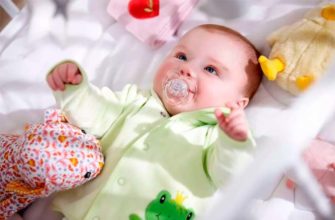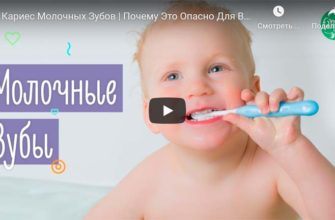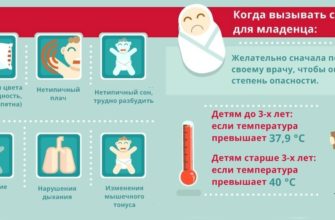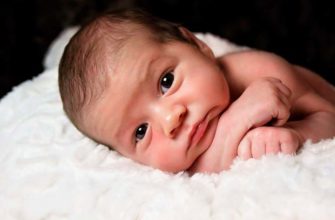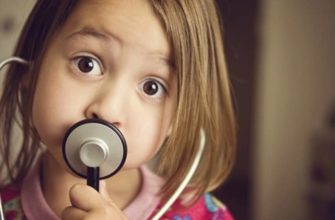Even the slightest ailment in the baby is an occasion to visit a doctor. And if it turns out that the experience was in vain, well, wonderful! You can’t joke with the child’s health: sometimes it’s better to play it safe than to bite your elbows and regret that you didn’t show the doctor on time and did not start timely treatment.
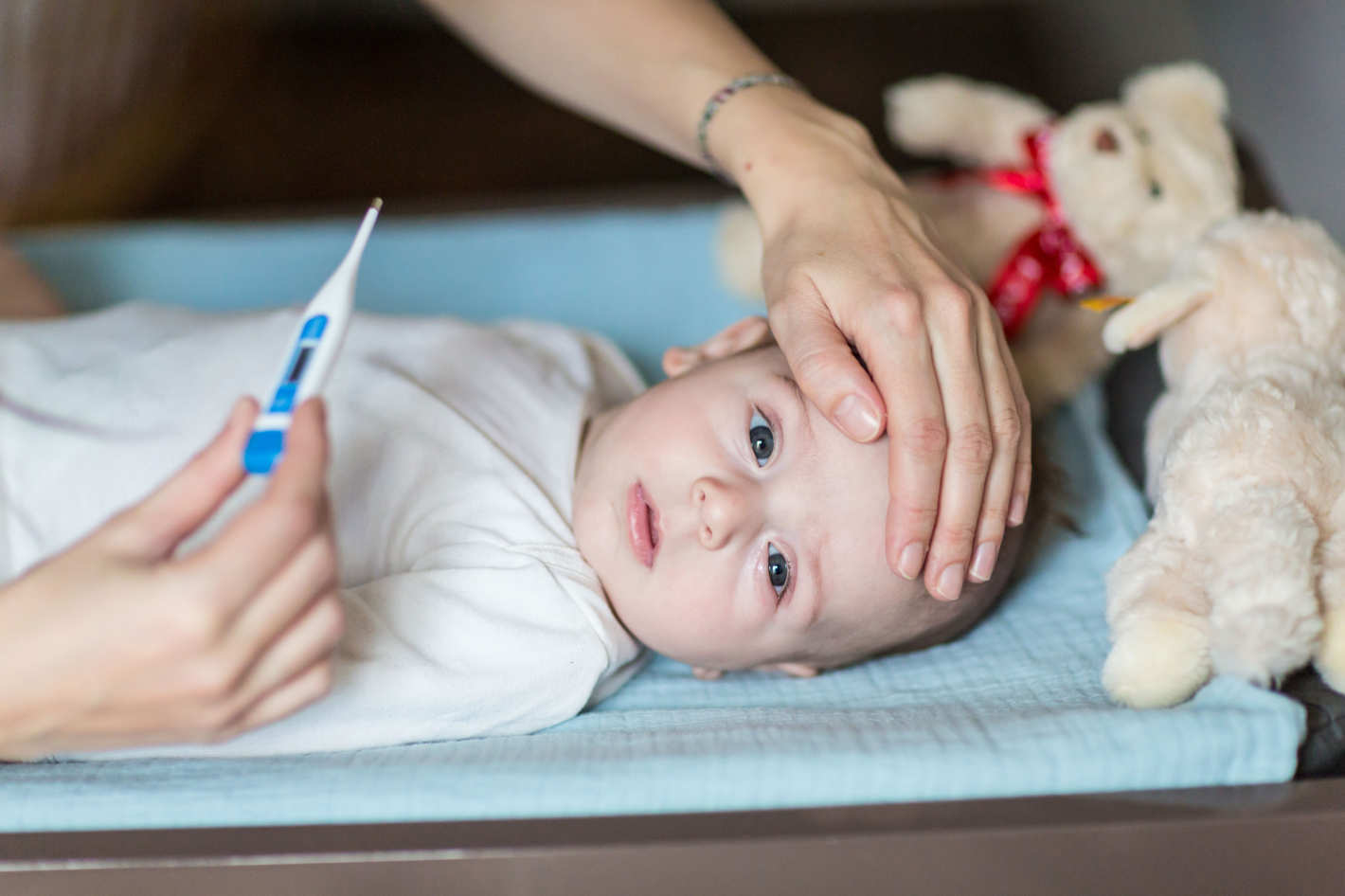
Shiver
If the baby in the first days of life twitches his arms and legs a little, when he tries to move them, and if his chin trembles slightly when crying, then there is nothing to worry about. Doctors call this phenomenon tremor and explain this by the fact that the baby’s nervous system has not yet returned to normal after childbirth, while the muscular system has enhanced excitability.
By the way, for the same reason, the baby pulls out the lips with a tube when you lightly tap your fingers on his cheek. Tremor is not dangerous in the first week of a baby’s life, but if its symptoms persist for several weeks and become more pronounced with crying, this is an occasion to consult a neurologist. The greatest danger is tremor, which intensifies against a background of high temperature - this may be a sign of a preconvulsive condition. Call a doctor immediately!
We also read: Why does a newborn's chin shake
Stripe over the iris
Gref’s syndrome is when a white strip appears between the iris of the eye and the upper eyelid, and the baby’s look at the same time looks slightly surprised. When this symptom appears in an infant, it is necessary to show it to a neurologist. This may be a sign of increased intracranial pressure (hypertension syndrome) or hyper excitability. If you identify these diseases at the initial stage - you can avoid many problems.
Fading
Even if the baby freezes for just a couple of seconds - you need to contact a neurologist. Fading can be a sign of abscess epilepsy - a disease of the central nervous system in which a person partially or completely loses consciousness. During fading, the child’s consciousness is turned off, and an empty, missing expression appears on the face. This symptom is quite difficult to notice, because if the fading occurs at the moment when you are not looking at the baby, then you will not see it. The child may not change the position in which it was before the start of fading.
Symptoms of abscess epilepsy can be suspected by the following symptoms:
- the child does not respond to your voice when you speak to him;
- the child drops the toy in his hands;
- In some children, involuntary contractions of the muscles of the face, neck, arms and legs occur during fading.
If a mother does not notice fading for a long time, then it can be very dangerous for a baby: during such attacks, the nervous system spends a lot of energy, while this energy is necessary for her self-improvement. The smaller the child’s age, the more serious the consequences may be: he may lag behind in both mental and physical development, especially if fading often occurs.
Startle
The trembling of infants of the first year of life, especially if they pass in waves (from 2 to 7 times in a row) and often, are also a reason for contacting a neurologist to exclude childhood epilepsy. It is especially bad if trembling occurs in series during sleep. But when the baby just falls asleep or wakes up, such startles are not dangerous: they are caused by the fact that different muscle groups do not relax evenly.
We also read: Why does a newborn baby tremble in a dream

Peephole rolling
Eye rolling in children of any age can be one of the symptoms of epilepsy. In the first weeks after the birth of the baby (during the neonatal period), rolling a peephole is considered normal if the baby has no problems in everything else. This happens because during falling asleep in children the muscle tone of the eyelids slightly increases, and they do not close completely, forming a thin gap through which the white of the eye is visible. The pupils at this moment turn inward and upward. Doctors call this phenomenon “hare eyes” and reassure alarmed mothers: “Everything will pass in a year”.
If, in addition to rolling your eyes, you notice some oddities in the behavior of the child, then you should tell the doctor about this. You know your baby well and you will probably notice if something is wrong.
Strabismus or nystagmus
In the first weeks after birth, the baby still cannot focus his eyes on a specific subject. Completely this skill is formed closer to a month. Therefore, when a newborn baby tries to examine an object, its eyes can involuntarily move apart in different directions. This phenomenon is called physiological strabismus, and up to about a month it is not considered a pathology. If, after a month of age, this problem has not disappeared, it is worth showing the child to the doctor.
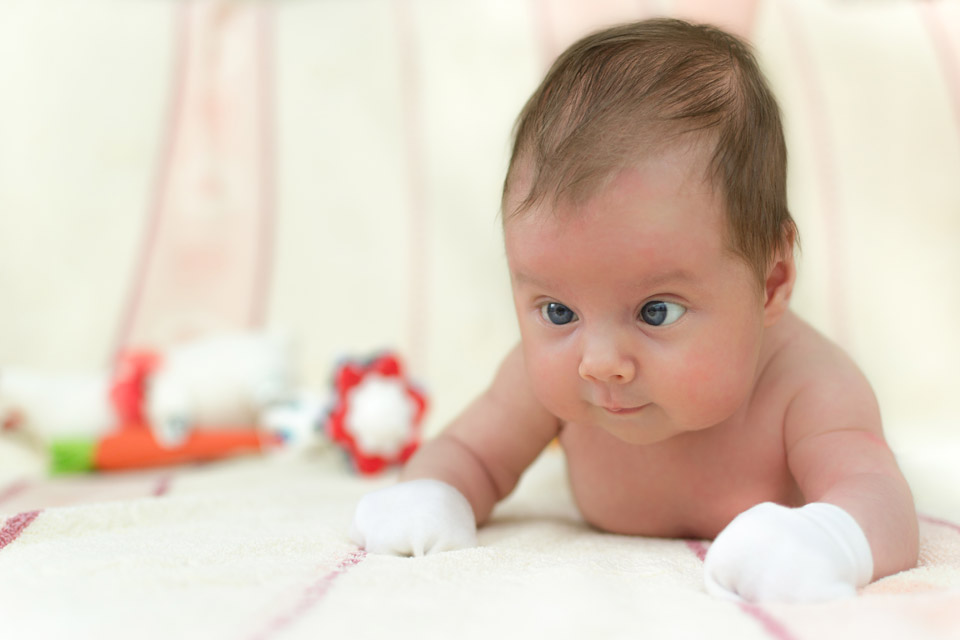
Another consequence of the inability to focus the gaze is nystagmus - Fast and uncontrolled eye movement, similar to twitching. Nystagmus can occur in babies in the first weeks after birth. If the situation does not change by month, you need to contact a pediatric neurologist.
Try to remember when the child first focused his eyes on an object and followed his movement. This is an important moment in the development of the baby.
It is sometimes difficult for parents to understand what exactly worries the child. After all, he is still very tiny and can neither tell nor show with his finger where it hurts.
Temperature
In advertising, everything is simple - he gave the child an antipyretic and everything is fine again: a happy baby falls asleep sweetly or, conversely, jumps up from his crib and hurries around the room. And happy parents, with a clear conscience, go to bed further or continue to do other things. But in real life, everything is different: colds and viral diseases do not go away in a few hours, and if they are not treated, you can get complications in the form of otitis media, bronchitis and pneumonia.
The uncontrolled use of antipyretic drugs can adversely affect the heart, kidneys, brain ... You can’t put your child’s health at risk! For example, a rather popular advertising move: “Your crumbs teeth are cut? Give him an antipyretic and the temperature will return to normal. "Are you sure that it is in the teeth? When they begin to cut in children, immunity is greatly reduced, and they can catch any infection. Therefore, do not write off the temperature on the teeth - to be sure, you must certainly consult a doctor.
We also read: What normal body temperature should a baby have
Chills
Chills in adults and children over three years of age appear with a rapid increase in body temperature to 39-40 degrees. Chills in infants can be a sign of a pre-convulsive condition. High temperature cramps are called febrile, and they arise just in case of severe febrile chills. In addition to chills with approaching convulsions, a slight trembling is noted at the fingertips.
In case of chills and suspected convulsions, immediately call an ambulance! Before the doctors arrive, you need to give your child an antipyretic and antihistamine (in the age dose indicated on the package). Even if some kind of infection became the cause of the temperature increase, the allergic component is still present in such cases.
Sniffing and snoring
The nasal cavity in newborns is very tight, new passages are narrow (and the lower ones have not been formed at all), the mucous membrane is still too tender and contains many capillaries - therefore, edema, which impedes the passage of air, can develop quite easily here.
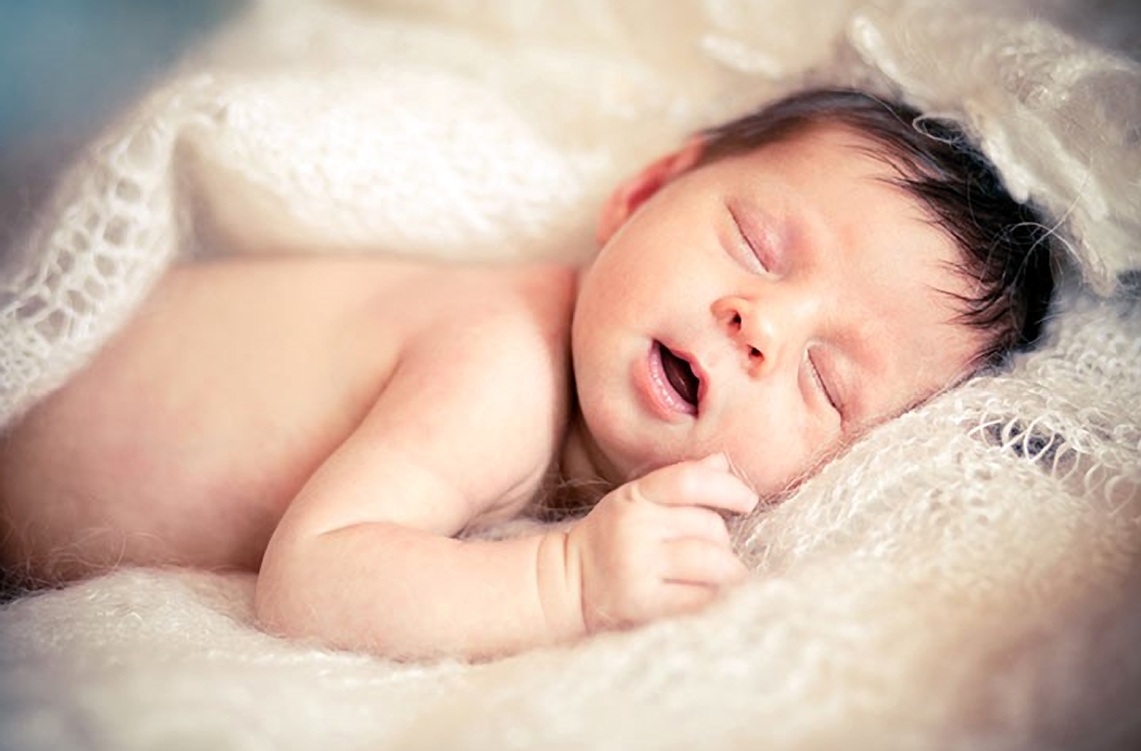
In the first few days, newborns may develop edema, difficulty breathing, accompanied by loud sniffling even without a runny nose - this is due to hormonal changes that occur when adapting to a new lifestyle (outside the mother’s tummy). Because of this, the baby can sniff loudly, practically snore (most often in a dream), eat poorly and be anxious - after all, the mouth is busy while eating, and it is impossible to breathe through the nose. Also, the child may sniffle or even snore in his sleep due to the fact that his nasal cartilage, trachea and larynx are still too soft.
Every day you need to make breathing easier for your newborn. brush his nose. To do this, twist the small cotton flagella and gently rotate each nasal passage with careful rotational movements (carefully advance 1.5–2 cm into the nasal passages). Some moms do this with nasal aspirator. They are different: from the usual rubber bulb to the sophisticated electronic vacuum model.
Diaper stains
The first urination in newborns is transparent and is not accompanied by any smell. In the next few days, the urine of the babies becomes cloudy, and after the physiological weight loss through which all newborns pass, the urine acquires a bright color - right down to the red-brown hue, which leaves spots on the diapers. A similar phenomenon is natural, but only in the first days after birth.
Urine of the baby should be light, transparent and have no smell. Sniff the baby’s diapers when he is older than two months old. At this time, babies have an increased risk of illness rickets, in which urine begins to secrete a strong ammonia odor and becomes acidic, from which I can appear on the baby’s delicate skin diaper rash and irritation. If you notice a change in the color or smell of urine in a child, be sure to consult a doctor!
We also read:


